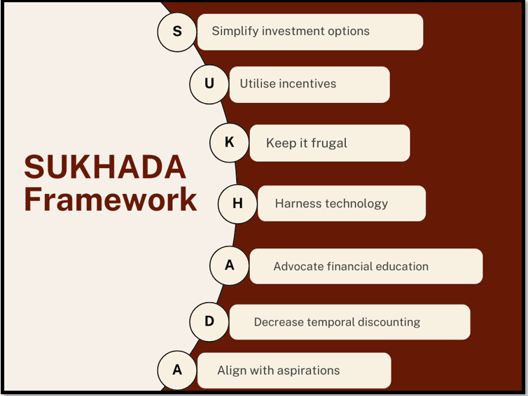Frameworks Unchained: Customizing Behaviour for Real Impact
Ever wonder if behavioural frameworks are the ultimate fix or just fancy guidelines? Turns out, they’re great starting points, but the real magic happens when you adapt them to fit the unique quirks of each situation!
Frameworks. Sounds a bit dry, right? But hold on—before you start yawning, let’s dive into the fascinating world of behavioural frameworks and why they matter. Think of them as the GPS for navigating the complex terrain of human behaviour. They take all that dense, theoretical stuff and turn it into something we can actually use.
The Famous Superheroes: COM-B, EAST, and MINDSPACE
First, let’s talk about the heavyweights. We’ve got Susan Michie from University College London (UCL) with her COM-B model. Then there’s the Behavioural Insights Team (BIT) who brought us EAST and MINDSPACE. These frameworks are like the Avengers of behavioural science, each with its unique superpowers.
But here’s the kicker—while these frameworks are super useful, they cannot be the one-size-fits-all solution to every problem. Imagine trying to use Thor’s hammer for everything. Not possible, right?
The Context Conundrum
Here’s the deal: Every framework was born in a specific context. Using one without considering the nuances of the situation is like trying to fit a square peg into a round hole. Sure, you might get it in there eventually, but it’s not gonna be pretty.
So, what’s the big takeaway? It’s crucial to dig deep into the problem at hand before you slap a framework on it. Think of frameworks as your trusty guidebooks—not strict rulebooks.
Frameworks in Action: The COM-B, EAST, and MINDSPACE Stories
Let’s break it down. COM-B (Capability, Opportunity, Motivation) is awesome for health interventions, but it might fall flat if you’re trying to shake up a corporate culture without considering the company’s specific quirks.
Then there’s EAST (Easy, Attractive, Social, Timely) and MINDSPACE (Messenger, Incentives, Norms, Defaults, Salience, Priming, Affect, Commitments, Ego). They offer killer strategies but need a bit of tweaking to fit just right. It’s like tailoring a suit—you want it to fit perfectly, not just “good enough.”
DIY Framework: Introducing the SUKHADA framework
Ready to get creative? Let’s craft our own framework! Meet S.U.K.H.A.D.A—my custom-made framework designed to help young earners start investing. Here’s the imaginary context: Bank A noticed that young earners aged 20 to 30 weren’t putting much of their salary into investments. So, they called me in to sprinkle some behavioural science magic on the problem.
Here’s how this framework works:
S- Simplify investment options. Provide easy-to-understand resources and create beginner-friendly guides and interactive tools.
U- Utilise incentivisation. Provide incentives for investing, such as reward points/ exclusive perks for monthly investors
K- Keep it frugal. Promote the idea that living frugally is smart. This can be done by sharing tips on reducing expenses and highlighting stories of young, successful people who made it big by living frugally and investing wisely.
H- Harness technology. Create user-friendly investment apps and platforms- automated investing, easy tracking
A- Advocate financial education. Join hands with universities and workplaces to advocate for financial literacy
D- Decrease temporal discounting. Use visualisation to show how small investments grow over time.
Use nudges to shift focus away from spending money in the present.
A- Align with aspirations. Align the aspiration of young earners towards steady investments. Show them how investing can brighten their future- buying a house, or starting a business.
Wrapping It Up: Flexibility is Key
By focusing on context and the potential for creating custom frameworks, we can shift from a one-size-fits-all approach to a problem-centric one. It’s about being flexible and innovative, not rigid and formulaic.
Remember, the goal isn’t to throw out the old frameworks but to jazz them up with fresh insights and creativity. Approach each challenge with an open mind and a flair for customization. That’s how we can unlock the true power of behavioural science and make a real impact. Don’t just reach for the nearest framework. Think creatively, consider the context, and maybe even invent your own solution. Who knows? You might just create the next big thing in behavioural science.










